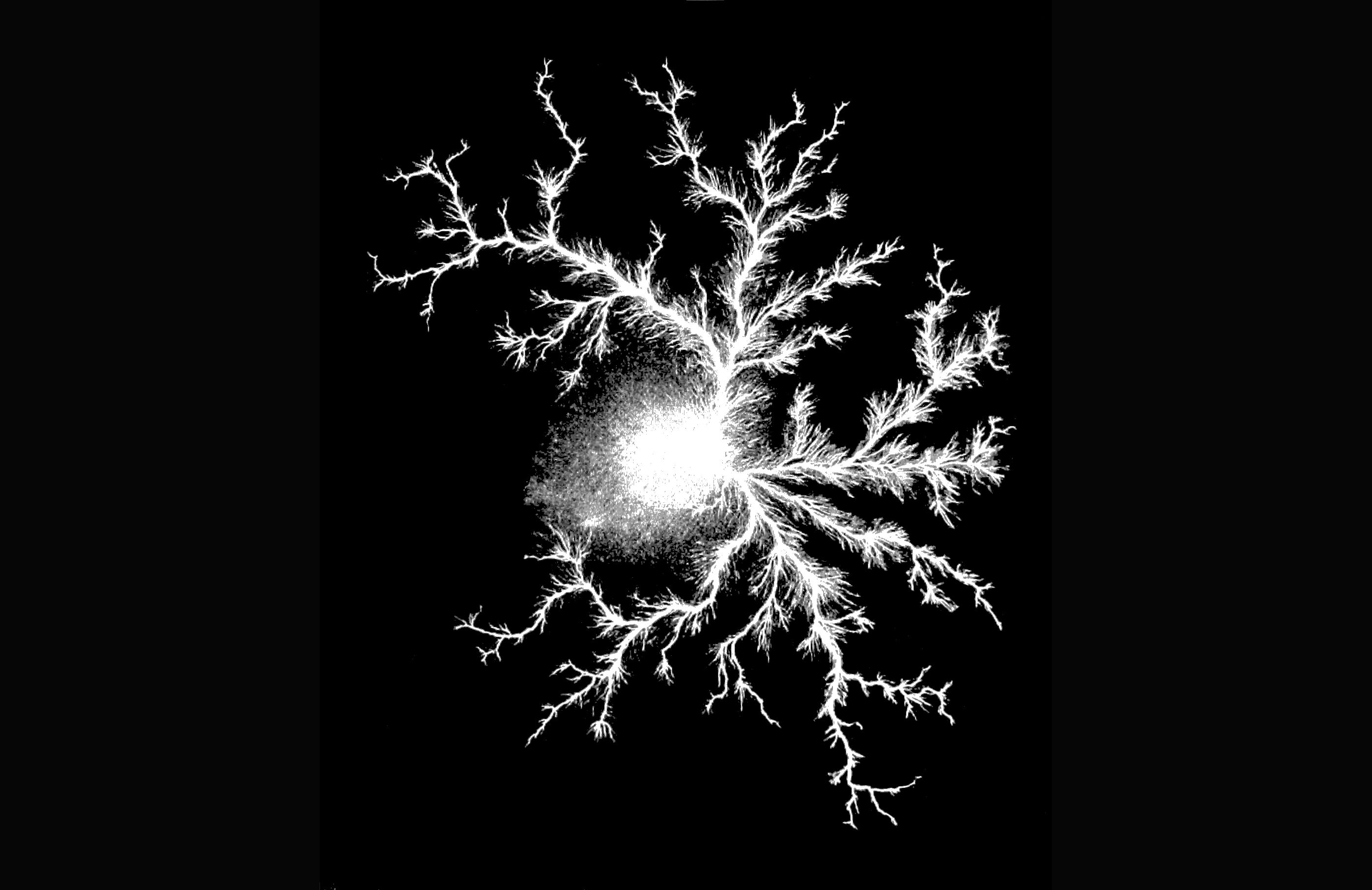I am grateful to Luke Jones for discussing this with me.
Emily Stewart, “German Village Feldheim the Country’s First Community to Become Energy Self-Sufficient,” Australian Broadcasting Corporation, November 10, 2014 →. Hermann Scheer, The Solar Economy: Renewable Energy and a Sustainable Future (New York: Routledge, 2004).
Mikhail Bakunin, God and the State (English translation, 1883), chapter 2, marxists.org →.
Jason Van Vleet, dir., Terror from Within: The Untold Story Behind the Oklahoma City Bombing (Los Angeles: MGA Films, 2003).
Georg Wilhelm Friedrich Hegel, Hegel’s Aesthetics: Lectures on Fine Art, 2 vols., trans. T. M. Knox, (Oxford: Oxford University Press, 2010), 1.516–29; Introductory Lectures on Aesthetics, trans. Bernard Bosanquet, introduction and commentary by Michael Inwood (London: Penguin, 1993), 85–86.
Percy Bysshe Shelley, “The Mask of Anarchy,” in Poetical Works, ed. Thomas Hutchinson (New York: Oxford University Press, 1970).
This text is an excerpt from Humankind: Solidarity with Nonhuman People by Timothy Morton, recently published by Verso.
